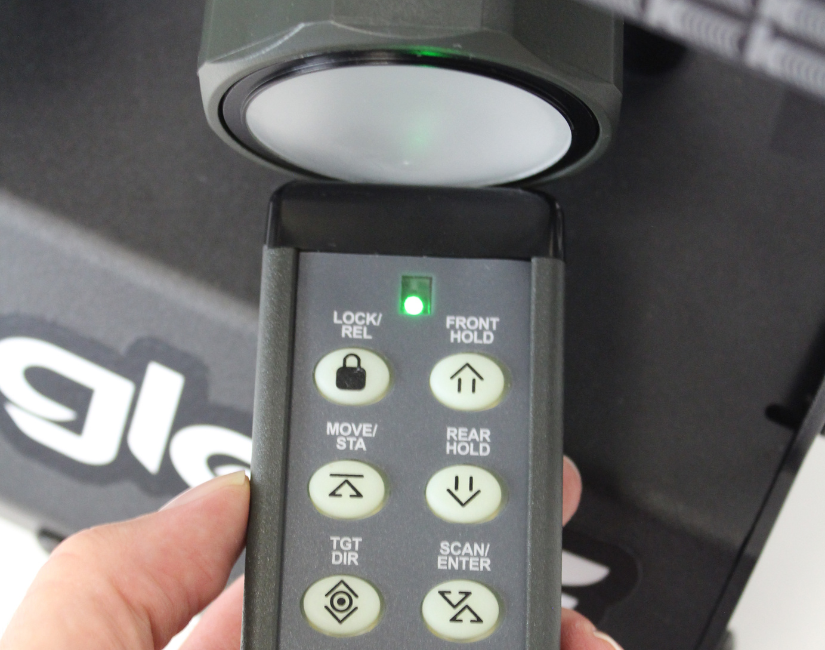Considering today’s emerging technology and advanced RADAR equipment, some agencies are now asking if tuning fork tests are relevant and still necessary. In this post, we will examine this question.
While civilians may think of a tuning fork as a metal, two-pronged device used to adjust the pitch standards of a musical instrument, law enforcement officers also know a tuning fork as something else that is quite essential. The tuning fork test is used by law enforcement to confirm the accuracy of the RADAR used when tracking the speed of vehicles on the roadway.
Tuning fork tests have been accepted as the legal standard in many states since 1966 in the case of the State v. Tomanelli 152 Conn 365, 216 A2d 625. With this legal precedent set, the tuning fork test continues to be a legal requirement for determining the accuracy of a RADAR unit.
Why Fork Tests Are Necessary to Test Equipment
When equipment is not calibrated correctly it may bring into question the accuracy of the speed readings. The RADAR system test methods can become crucial if the accuracy of the RADAR measurements is called into question, especially if the traffic stop leads to other enforcement.
If the RADAR has not been properly calibrated, tested, and maintained, then the evidence may be rendered inadmissible and the case dismissed. For these reasons, the agency’s testing policy should include a tuning fork test as part of daily test procedures.
Products that Offer Fork Tests
Kustom Signals has always recommended that RADAR equipment, including our Eagle 3, Eagle II, Falcon HR, Directional Talon and Raptor RP-I, be tested with tuning forks by law enforcement officers at the beginning and conclusion of every shift.
Tuning fork tests should be conducted because they bring together both the equipment’s internal self-tests and the patrol speed tests that have been performed during the shift. The tuning fork test is essential in order to create a complete testing path for the most accurate results. No RADAR’s internal self-test can test the entire signal path. The tuning fork signal travels through the entire system including the antennas. If an agency relied solely on a speedometer check and an internal self-test, then they may not be testing the RADAR to the specified tolerances. A tuning fork test satisfies this requirement as well.
The Eagle 3 is the first of its kind to offer an electronic tuning fork in the remote control. It features an Advanced Tuning Fork Test on two antennas that is completed in less than 20 seconds. The Eagle 3’s unique remote control has also been tested to meet or exceed both the frequency and speed accuracy specifications that are required for the certification of mechanical tuning forks.
Watch the following video for a time comparison of Eagle 3’s electronic fork versus a traditional fork test:
“The Advanced Tuning Fork Test eliminates the need to perform multiple separate fork tests for stationary and moving operations with a one or two-antenna RADAR system. The operator simply rings the low and high fork once for each antenna. The RADAR clearly displays the measured fork values and calculated results greatly reducing the time an officer may spend each day conducting fork tests without losing the accuracy or confidence of a traditional fork test,” says Kent Hayes, Kustom Signals Speed Product Manager.
Recommended Approach to RADAR Accuracy
RADAR accuracy has to be confirmed and for that to happen, we recommend a four-prong approach.
- Employ the tuning fork test as detailed in the appropriate RADAR operator’s manual. Perform the tuning fork test at the start and end of every shift.
- Initiate internal self-tests periodically, setting a schedule to be followed. This internal self-test should compare the two independent crystal time bases.
- Compare the RADAR patrol speed readings against the patrol vehicle’s speedometer.
- Schedule regular laboratory certification for the unit as mandated by state laws, local laws, and department policy.
The daily tuning fork tests, internal automatic self-test of the product, the speedometer verifications, and laboratory certification combine to determine the overall accuracy of the RADAR unit. When the tests are performed correctly, they fall within the specified tolerance, as set by the manufacturer and the National Highway Traffic Safety Administration (NHTSA) minimum performance specifications.
For more information about RADAR products from Kustom Signals, please contact us today.

